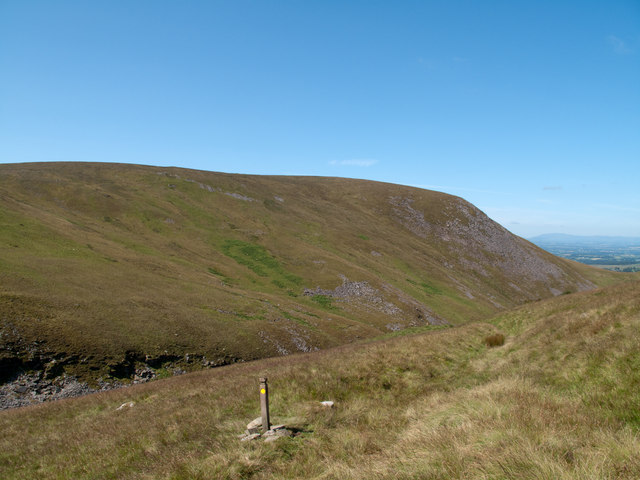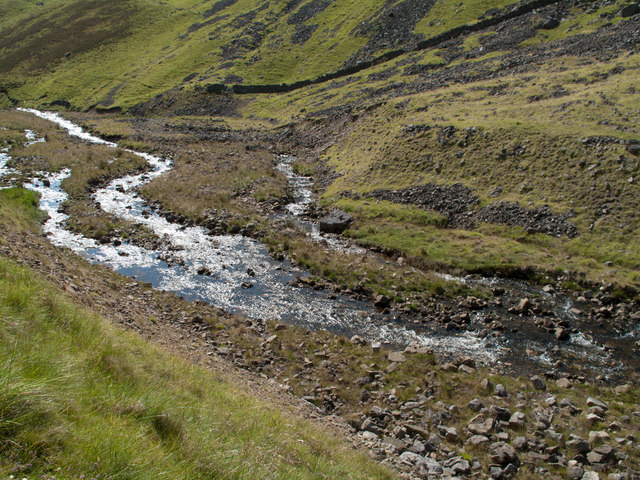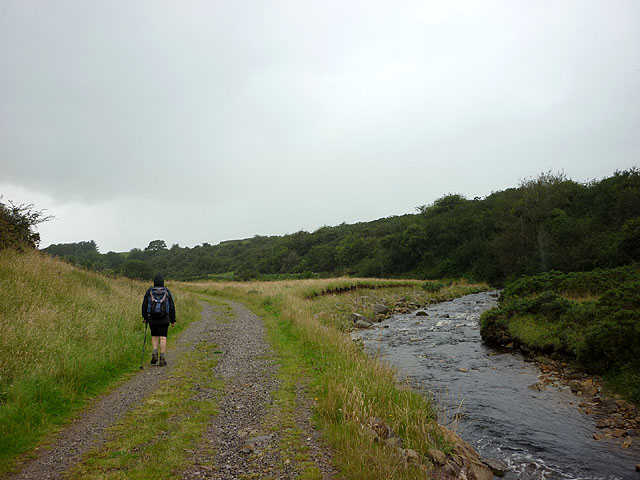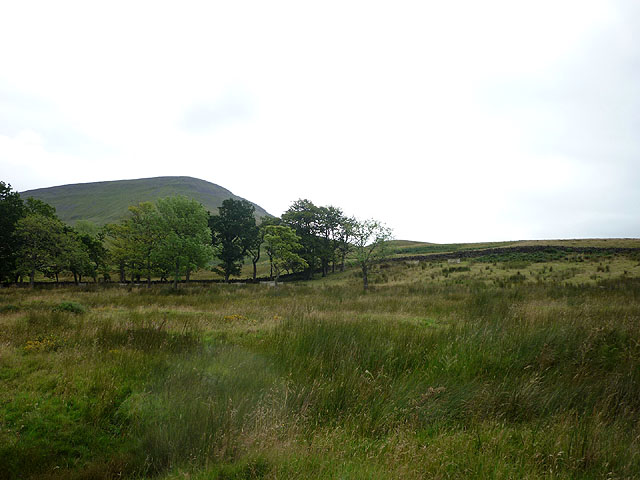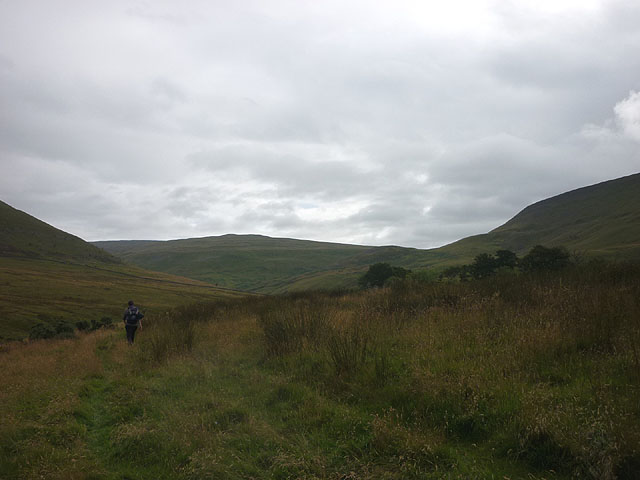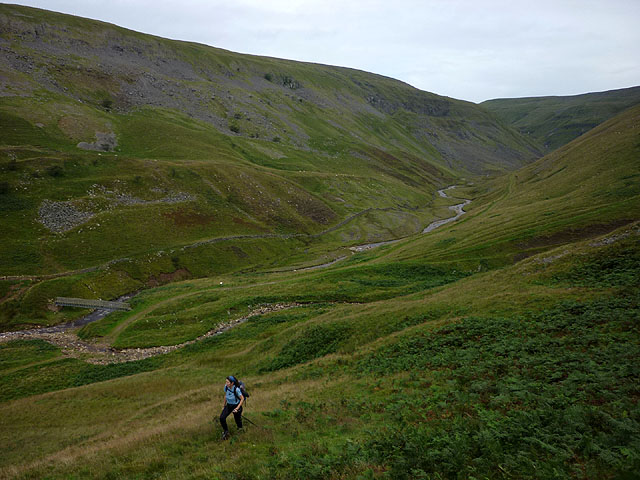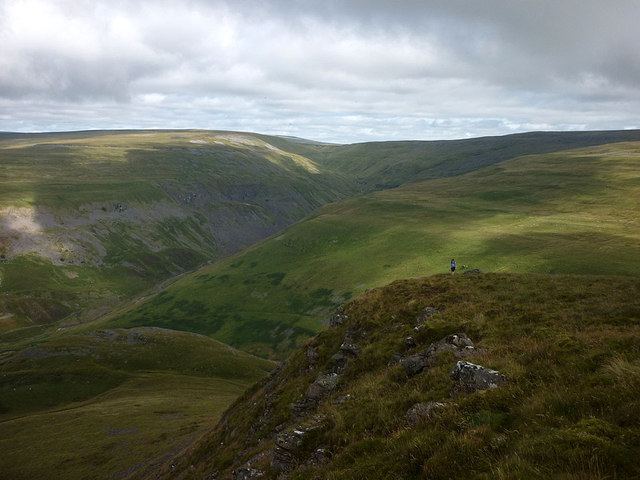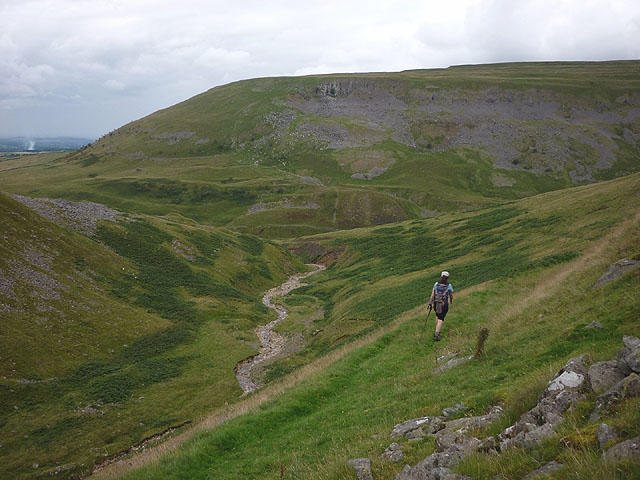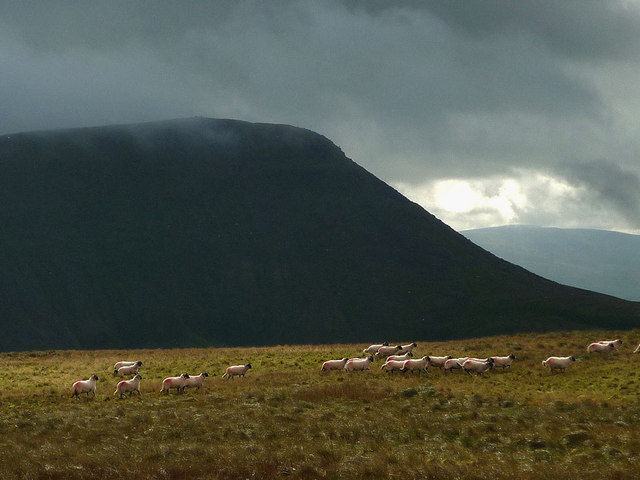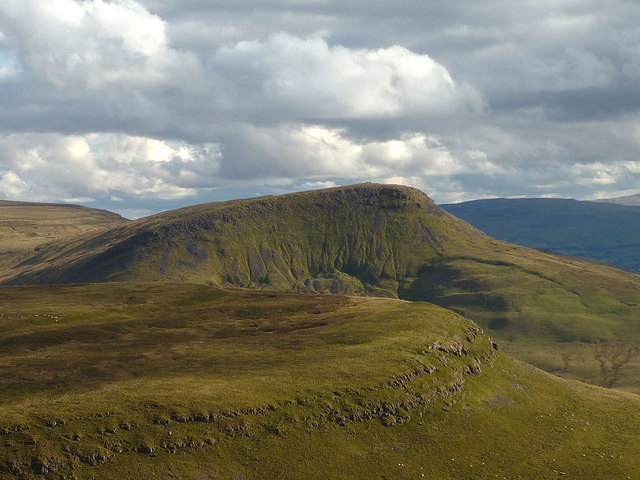Roman Fell
Downs, Moorland in Westmorland Eden
England
Roman Fell
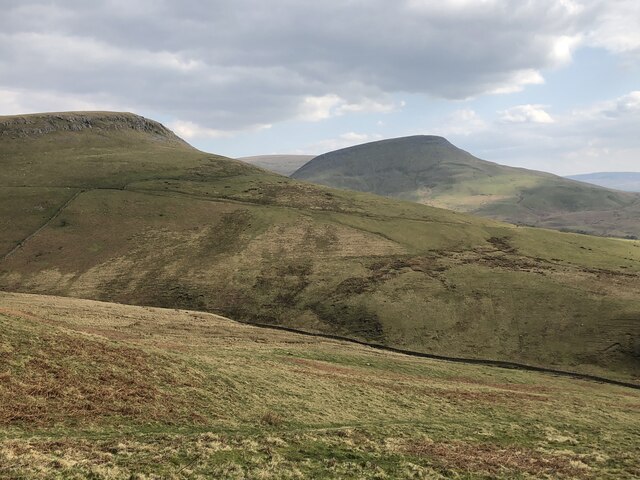
Roman Fell is a stunning area located in the district of Westmorland, situated in the northwestern region of England. Known for its picturesque landscapes, Roman Fell is a combination of downs and moorland, providing a diverse and captivating environment for visitors.
The downs of Roman Fell offer vast expanses of rolling hills covered in lush green grasses, creating a serene and peaceful atmosphere. These downs provide incredible panoramic views of the surrounding countryside, making it a popular spot for hikers, nature enthusiasts, and photographers.
In contrast, the moorland of Roman Fell showcases a unique and rugged terrain. Characterized by its heather-covered hills and rocky outcrops, this part of the area offers a sense of wildness and untamed beauty. The moorland is also home to a variety of wildlife, including birds such as grouse and peregrine falcons, making it an ideal destination for birdwatchers.
Roman Fell is steeped in history, with evidence of Roman settlements in the area dating back centuries. Ruins of ancient Roman forts and roads can still be found, attracting history buffs and archaeology enthusiasts alike.
Visitors to Roman Fell can enjoy a range of activities, from hiking and wildlife spotting to exploring the rich historical heritage of the region. With its stunning landscapes and cultural significance, Roman Fell is a must-visit destination for those seeking a true taste of Westmorland's natural and historical wonders.
If you have any feedback on the listing, please let us know in the comments section below.
Roman Fell Images
Images are sourced within 2km of 54.575983/-2.3795747 or Grid Reference NY7520. Thanks to Geograph Open Source API. All images are credited.
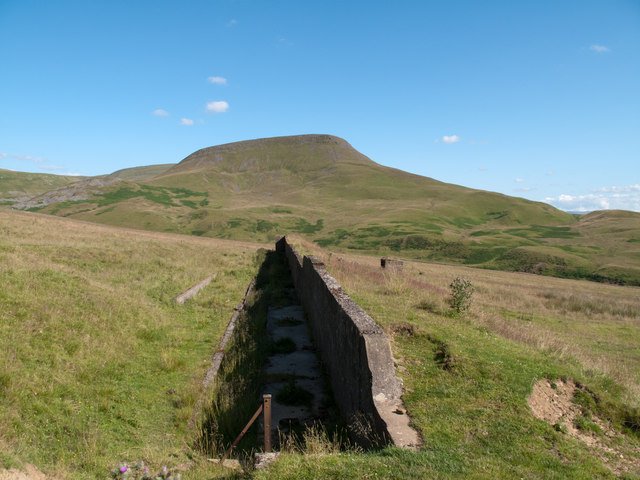
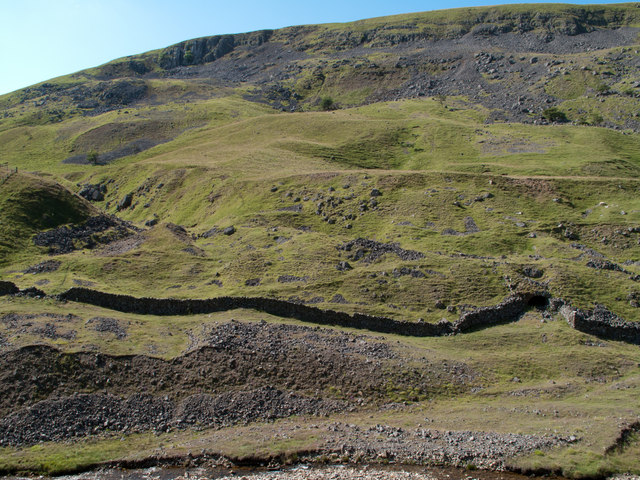
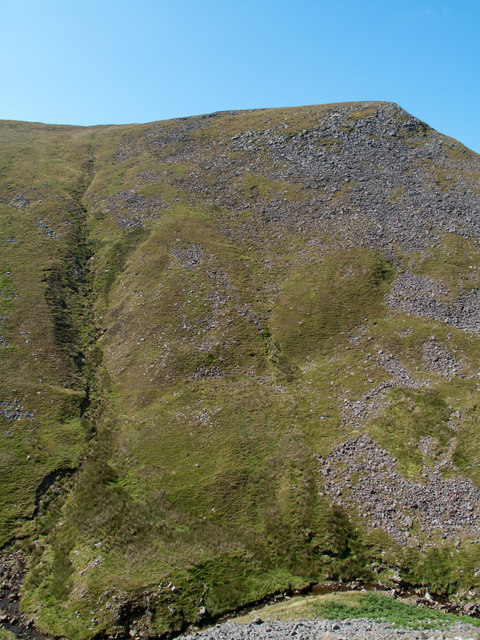
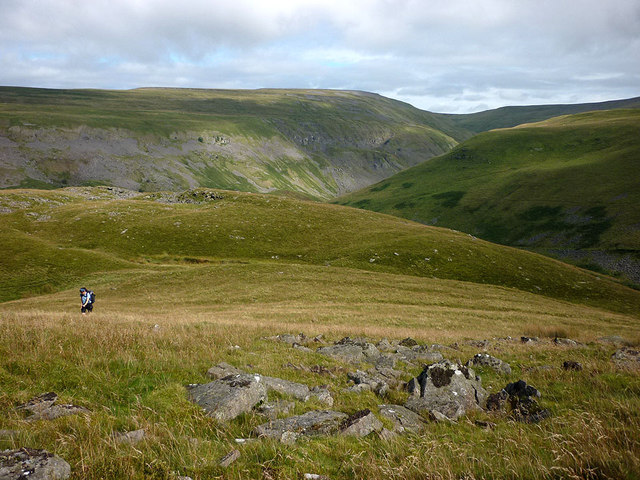
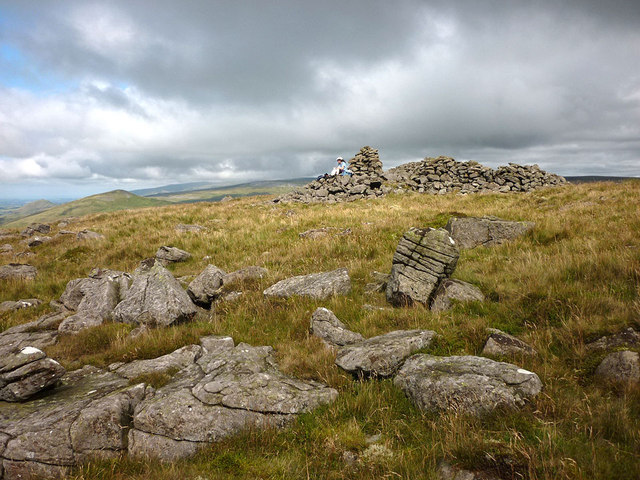
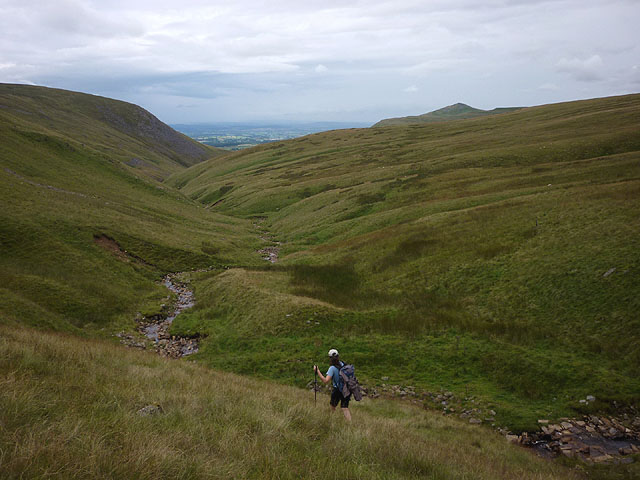
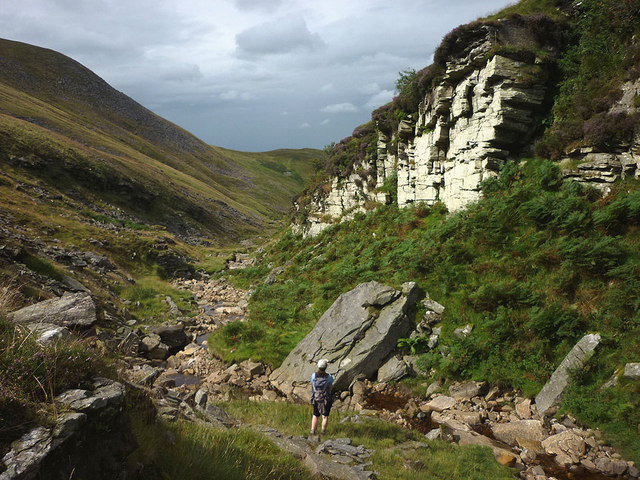
Roman Fell is located at Grid Ref: NY7520 (Lat: 54.575983, Lng: -2.3795747)
Administrative County: Cumbria
District: Eden
Police Authority: Cumbria
What 3 Words
///fonts.erupts.creatures. Near Appleby-in-Westmorland, Cumbria
Nearby Locations
Related Wikis
Hilton, Cumbria
Hilton is a village in Cumbria, England, in the civil parish of Murton, about 3 miles (4.8 km) east of Appleby-in-Westmorland and at an elevation of 752...
Murton, Cumbria
Murton is a small village and civil parish in the Eden District of Cumbria, England. The parish had a population of 330 in 2001, rising to 360 at the 2011...
Brackenber
Brackenber is a hamlet in the civil parish of Murton in Cumbria, England. It is near the town of Appleby-in-Westmorland and the village of Hilton, Cumbria...
Murton Fell
Murton Fell is a hill of 675 metres (2,215 ft) above the village of Murton, Cumbria in Eden district, in the North Pennines. It lies east of the dramatic...
Nearby Amenities
Located within 500m of 54.575983,-2.3795747Have you been to Roman Fell?
Leave your review of Roman Fell below (or comments, questions and feedback).
